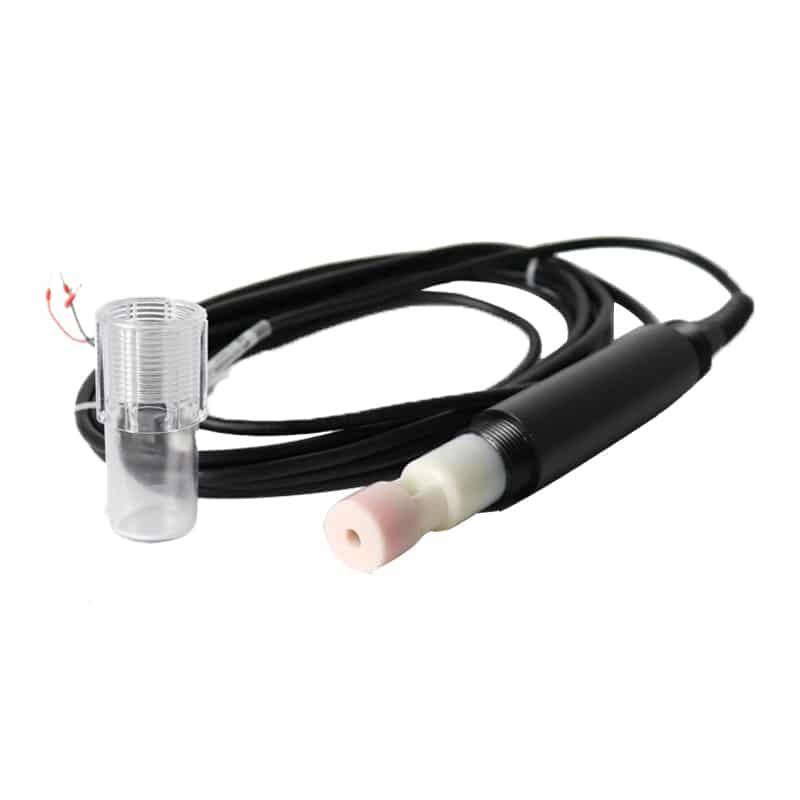What is a salinity meter?
A salinity meter is a device used to measure the salt content in a substance. It is an easy-to-use water quality indicator tool and is a good way to quickly estimate dissolved salt in various water samples.
They can be used for a wide range of applications, including testing salinity levels in agricultural water, drinking water, and wastewater, as well as testing water in home swimming pools and spas.

You can purchase the salinity meter separately or use it as a sensor in a multi-parameter meter for measuring other water quality parameters, such as pH, conductivity, TDS , chlorine, etc.
Working principle of salinity meter
The most common method of measuring salinity levels is through conductivity. Conductivity is a measure of the concentration of ions present in a substance or sample.
You can calculate the ions present in a sample by the ability of the substance to transfer current within a defined area. The measurement involves the transfer of current between two electrodes immersed in the substance you want to test. The more ions present, the higher the conductivity of the substance and the higher the conductivity reading, and the fewer ions present, the less conductive the substance is.
The unit of measurement of conductivity is called Siemens (S). Units are displayed in milliSiemens per centimeter mS/cm or microSiemens per centimeter μS/cm.
The software of the salinity meter will generate a salinity measurement from the conductivity reading by automatically applying a conversion factor. This factor is typically 0.5; however, check the specific conversion factor used for the device specifications. The conversion factor will take the conductivity measurement and convert it to an estimated salinity measurement in parts per thousand (ppt), parts per million (ppm), grams per liter (g/L), or milligrams per liter (mg) display/L). For a detailed description of salinity parameters, see what is salinity.
How to read salinity meter?
Salinity meters (also called salinometers) are equipped with sensors, measurement circuits and data processing devices that will directly convert and process the measured data, allowing the salinity content to be presented directly to the user, who can read the data directly from the panel.
How to use salinity meter?
- Clean the lens surface of the refractometer.
- Use dropper to absorb a drop of about 2~3cc of seawater in the seawater cylinder.
- Open the spotlight, and drop seawater onto the objective lens, and then gently cover the spotlight.
- Point the focusing plate of the refractometer towards the light source, and keep the eyepiece close to your eye and parallel.
- Observe the scale on the refractometer through the viewing window and record the sea water.
More articles on salinity:
What is conductivity?
What is pH sensor & How does it work?
Turbidity meter working principle
About turbidity sensors
